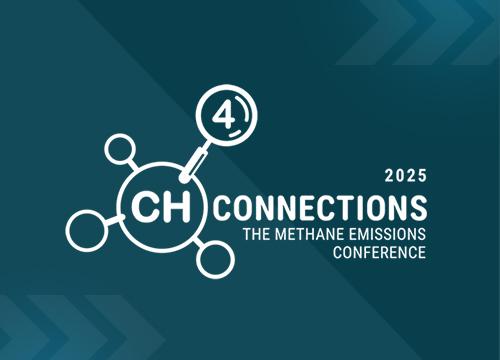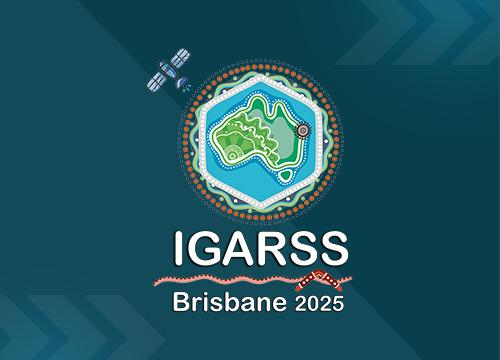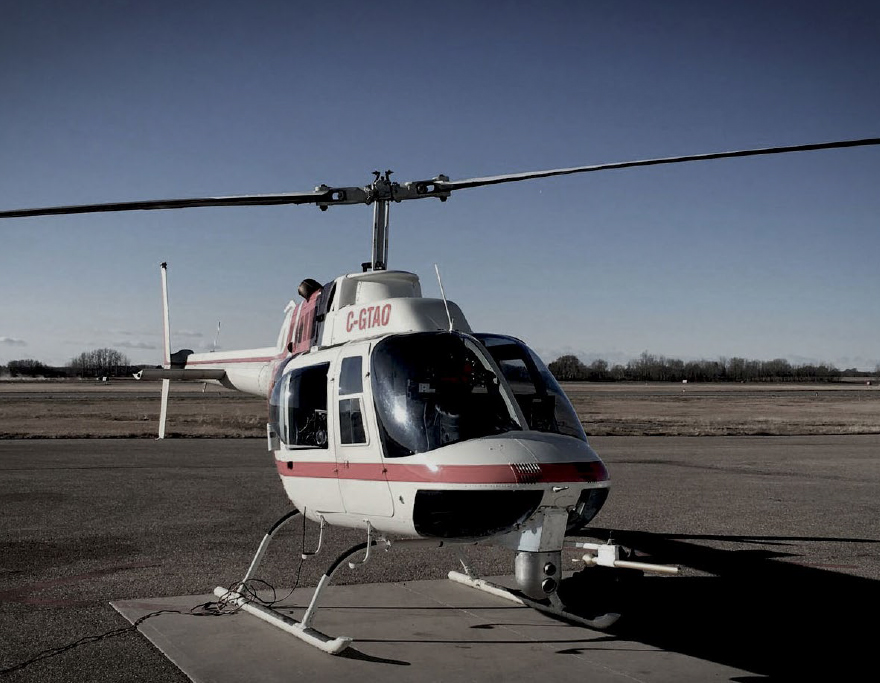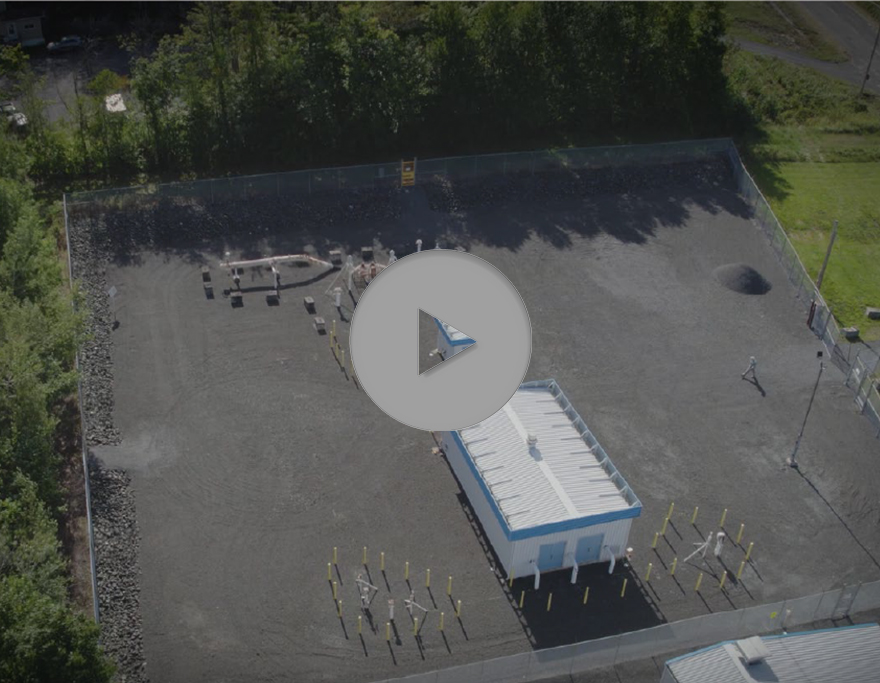It is crucial to choose the right technology to identify and quantify methane emissions. This is why you need a complete, field-proven, and cost-effective methane detection solution to simplify your decisions and confirm regulatory compliance.
As a leader in hyperspectral and multispectral infrared imaging systems for more than 25 years, we are offering our Methane Airborne Detection Solution to operators, helping them detect leaks faster while reducing the need for unnecessary and expensive ground deployments.
How do we work?
With us, you have access to a complete, field-proven methane detection service that helps you simplify your decisions and confirm regulatory compliance.
Methane Airborne Detection Solution
Frequently asked questions
Do you have any certification for your methane detection solution?
Yes! Our methane airborne detection solution has been officially documented as an emission detection method by the Alberta Methane Emissions Program (AMEP) to be included in an Alternative Fugitive Emissions Management Program. You can have all details here : https://www.exosens.com/news/amep-telops
If I need to survey my facility during winter time, is snow a problem?
Not at all! Our methane detection solution works, whether in daylight or nighttime, and even over snow!
I need to survey my offshore facility and underwater installations. Is it still possible to detect methane?
Yes! Our hyperspectral imaging technology works even over water.
Does your methane detection service detect only methane?
Our technology can not only detect methane, but also other gases of interest, like hydrocarbons, NO2, SO2, as well as many other VOCs.
Do I need to rent an airplane to use your technology?
No. We work with certified flight survey partners who will take care of all logistics. We’ve got you covered!
What is hyperspectral imaging?
A hyperspectral camera can see hundreds of colors of light, including ones our eyes can’t see, like infrared light. This is why we reveal the invisible! Now, methane gas absorbs and/or emits some of that infrared light at specific wavelengths corresponding to its molecular specificities (like a fingerprint).
Our camera will scan your facility and if methane is in the air, it will detect it and reveal where it is. This technology really helps you being compliant quickly and efficiently.
Is your methane detection technology armful for people on the ground?
Not at all! Hyperspectral imaging is completely safe for humans and also harmless to the environment.
What type of information and analysis do you deliver as part of your methane detection service?
We know you need to be compliant to your regulation, wherever you are around the world. By having us as a partner, you can be sure to have all the data you need for your certification: detailed flight inspection report, georeferenced high-resolution visible and infrared imagery, GPS pinpoints and times of identification with plume imagery, size, location, methane emission flux rates and more.
Can your methane airborne detection service help me meet the requirements for my certification?
Yes. Our methane detection technology can be used to achieve your reduction requirements, whether it is EPA for the United States, the Canadian Environmental Protection Act, the EU regulation in Europe or everywhere around the world!
What parts of the oil and gas supply chain can be surveyed with your hyperspectral Methane Service?
Our methane detection service can be deployed across the upstream and midstream sectors, including extraction, production, and processing sites, as well as transmission pipeline facilities.
What kind of gas detection sensitivity can you achieve?
Hyperspectral imaging in the long-wave infrared (LWIR) region, such as the Telops Methane Airborne Detection Solution, operates based on the thermal infrared emission of gases and surfaces. The detection sensitivity thus depends on the temperature difference between the gas and background (also known as thermal contrast) as well as weather, sensor and aircraft parameters. In typical conditions, an emission rate detection sensitivity of 3 kg/hr with over 90% Probability of Detection (PoD) can be achieved.
Will hyperspectral technology be able to detect methane from an unlit flare?
Yes, our methane service is able to reveal methane emissions from unlit flares.
Can your hyperspectral technology detect and identify multiple emission points on a single site?
Yes, hyperspectral technology offers the spatial resolution needed to pinpoint distinct emission sources within a single site. With a typical spatial resolution of 25 cm per pixel, it enables equipment-level localization. This allows clients to quickly decide on the proper course of action.
Resources
Brochure/Leaflet
Guide
Technical Note
Papers
Application Note
Technical Support Videos
À la une
Voir tout
Colorado .
DE Oct 08th 2025 A Oct 09th 2025
CH4 Colorado 2025

Brisbane.
DE Aug 03rd 2025 A Aug 08th 2025
IGARSS 2025
Le thème d’IGARSS 2025 est One Earth. IGARSS 2025 abordera les menaces qui pèsent sur notre planète et encouragera des solutions mondiales collaboratives grâce aux technologies de télédétection

Houston.
DE Jun 30th 2025 A Jul 01st 2025
Oil and Gas Pipeline Leak Detection 2025
Retrouvez Telops lors de l’événement Oil and Gas Pipeline Leak Detection 2025 à Houston, Texas, USA




